Silent Contributors
Now / Then
“The work of three long-serving colleagues seems unimportant, but it is integral to the daily operation of the Government Records Service (GRS).”
For decades, a group of GRS’ long-serving staff have been working silently to assist archivists in discharging their duties. Their experiences are witness of GRS’ history. Let’s get back to those years with Assistant Clerical Officer Ms Alice Tam Yee-nar , Clerical Assistant Mr Lee Chung-por (Por), and Workman Mr Chui Yiu-fai (Fai Gor) to see GRS’ changes over the years.
GRS in Those Years
Por joined the service in the 1980s. Getting involved in GRS’ office relocation several times, he opened up about GRS’ changes. As a new recruit, he worked at the Murray Road Multi-storey Car Park Building and sometimes in Aberdeen because there was a sub-office at Wong Chuk Hang Road for storage of maps, plans and inactive records of government departments. A sub-office of the Public Records Office (PRO) was located at Leader Industrial Building, whereas the sub-offices of the then Records Management Office, which handled and temporarily stored inactive government records, were located at Wah Ming Building and Good Prospect Factory Building. When GRS was temporarily relocated to Tuen Mun in 1995, a Town Reading Centre was set up at the West Wing of the former Central Government Offices to facilitate public access to various types of frequently-used records. Por was one of the few colleagues working there. In 1997, he moved together with his team to the present office in Kwun Tong.
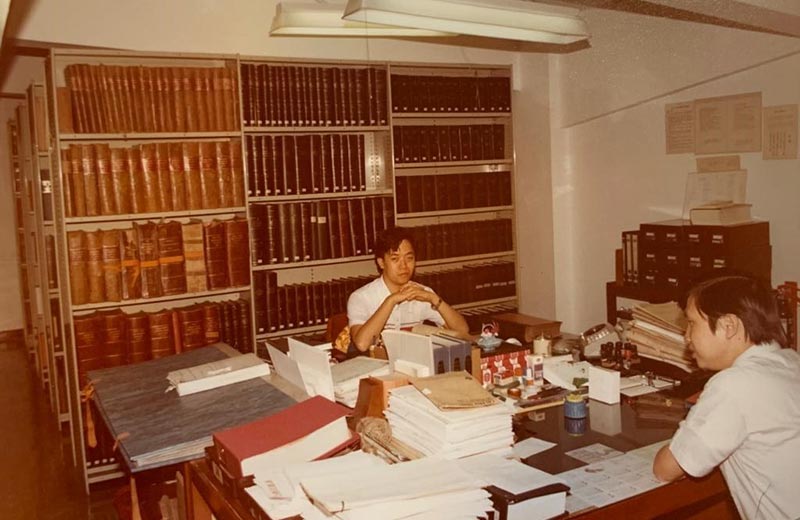
When Holdings were Searched Manually
When he first joined the service, Por assisted archivists in providing reference services to the public. At that time, only a few seats were available for viewing archives. Por’s working area was where reference books and collection indexes were shelved, and, unlike today, was separated from the users. At the time when digitised catalogue was unavailable, searching of holdings could only count on bunches of paper indexes, catalogue cards and other finding aids, and it was no easy task. Por admitted colleagues often relied on the “human intelligence” – memory and experience of the archivists and supporting staff – to help users with their “treasure hunt”.
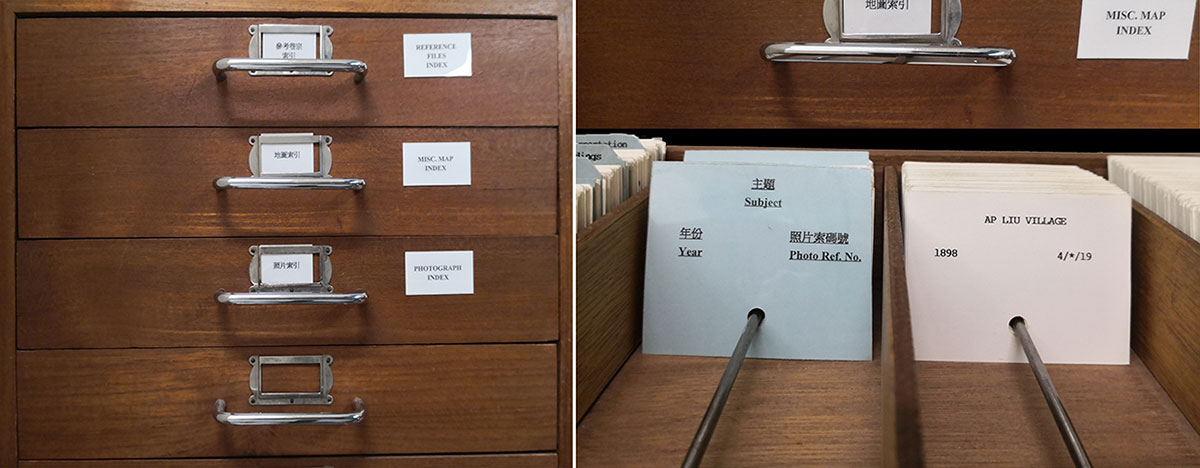
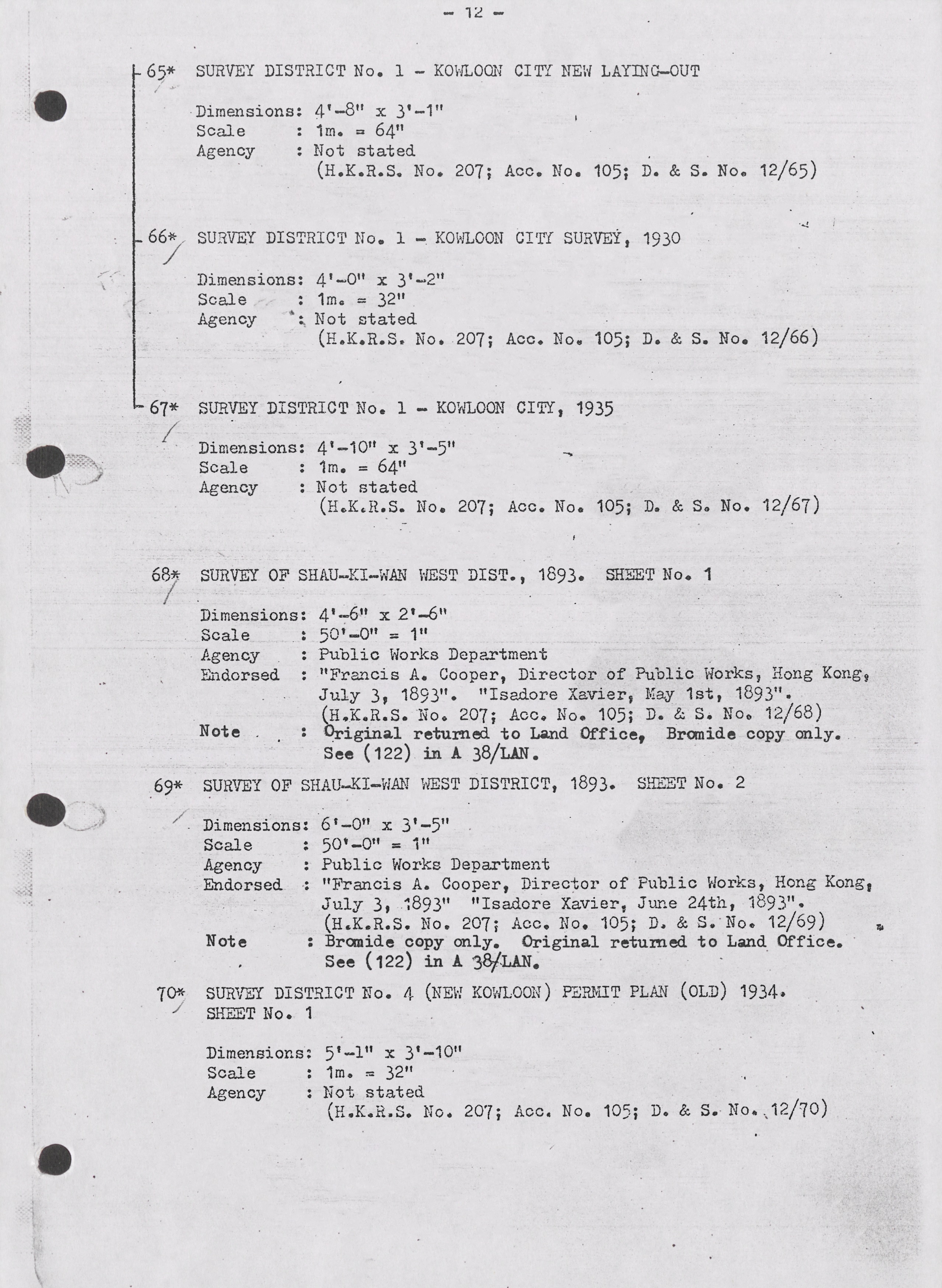
Por recalled that most users were scholars in the early years. Since there were not many users, the staff and the users could have in-depth communication. The “regular users” were also very friendly. They remembered our staff members’ names and treated them like friends. Por still remembers a scholar who, for many years, has kept coming to look up the holdings in a bid to study sports development.
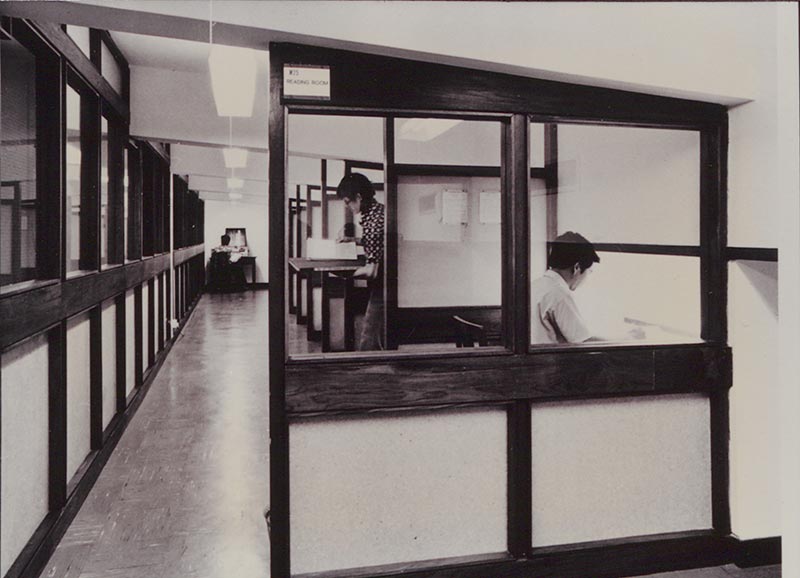

The Age of Paper Documentation
Archivists have to refer to reliable documentation of records disposal history in handling day-to-day archives management work. Consolidating such information looks easy, but as the saying goes, “a journey of a thousand miles must begin with a single step”, such work must be handled with care so that archives management can be carried out smoothly.
Alice pointed out that when the working environment was paper-based, she did not have well-developed computer equipment, not to mention any search engine for keyword search. She had to classify records disposal requests into different categories, file them into relevant folders manually, number each enclosure and mark the enclosure number of relevant documents on the correspondence so that archivists could refer to relevant information for records appraisal. The process was extremely time-consuming, and any omission could cause inconvenience to the subsequent work. The support of Alice and her colleagues is indispensable behind the archivists’ efforts to discover valuable records.
Now that GRS has implemented an Electronic Recordkeeping System, it is much more convenient for staff to search information through the system’s search engine. Reflecting on her routine tasks in the past, Alice joked that she had witnessed the “evolution” of GRS’ mode of work.
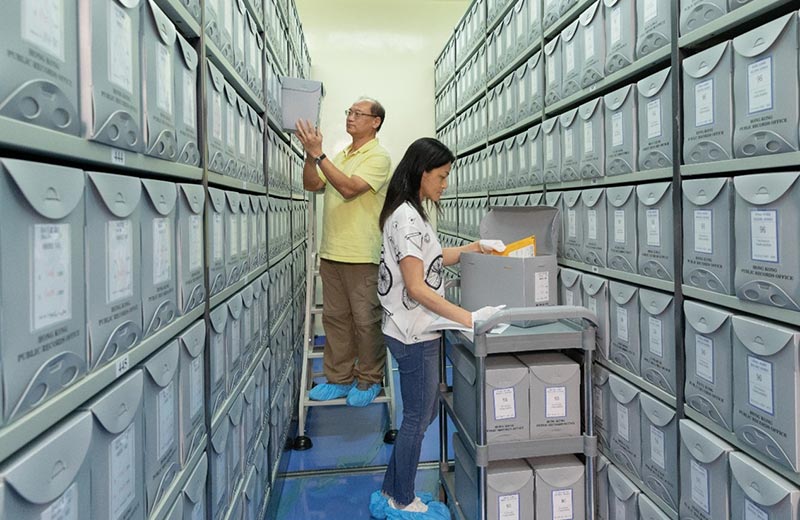
A “Great Helper” in the Repository
Fai Gor is responsible for moving and retrieving records for colleagues and public users, but his work is more than “delivery”. With decades of working experience in GRS, Fai Gor knows well each archival holding is priceless, and that is why he delivers the holdings with great care to avoid any damage. Proper preservation of holdings is not only the responsibility of a handful of staff, but the joint effort of all staff members.
As the volume of GRS’ collection is growing rapidly, have you ever wondered how our staff can locate a requested item in the repository and deliver it to the Search Room for the user’s viewing? As a seasoned worker witnessing the substantial growth of GRS’ holdings, Fai Gor is familiar with the layout of the entire repository and the storage location of various types of holdings. An experienced employee like him can of course retrieve records for colleagues and public users accurately and efficiently with less effort. Regardless of computerisation of the routine work process, Fai Gor’s rich experience is always valuable.
It is worth mentioning that Fai Gor has been a great helper to archivists in managing the repository. Over the years, his assistance in moving holdings has facilitated planning of storage space for new acquisitions and records pending appraisal.
The work of these three long-serving colleagues is not of little importance. We sincerely thank them for their dedication and contribution to GRS all along.